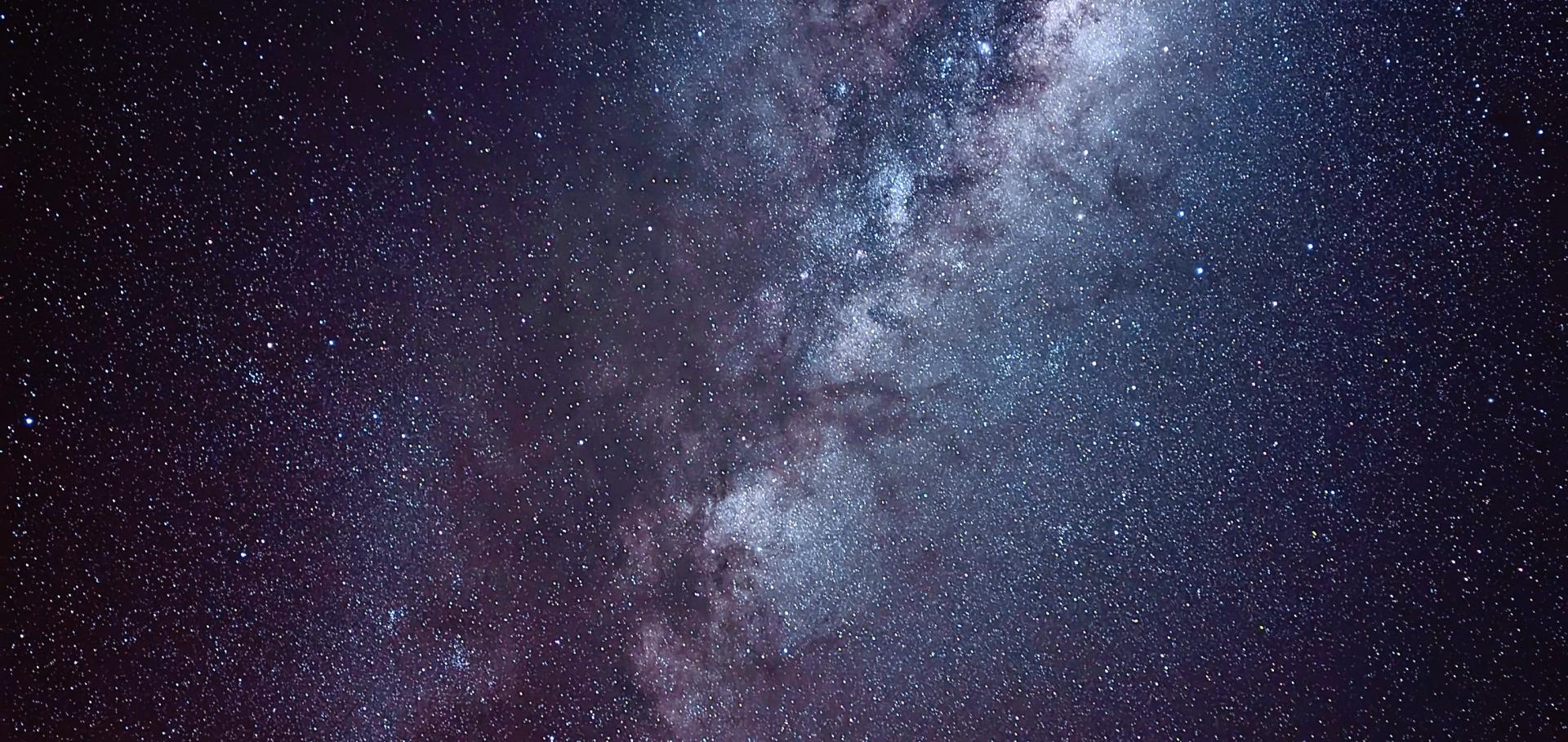Search for the Optical Counterpart of Einstein Probe–discovered Fast X-Ray Transients from the Lulin Observatory
The Astrophysical Journal: Supplement Series American Astronomical Society 281:1 (2025) 20
Abstract:
The launch of the Einstein probe (EP) mission has revolutionized the detection and follow-up observations of fast X-ray transients (FXTs) by providing prompt and timely access to their precise localizations. In the first year of its operation, the EP mission reported the discovery of 72 high signal-to-noise FXTs. Subjected to the visibility in the sky and weather conditions, we search for the optical counterparts of 42 EP-discovered FXTs from the Lulin Observatory. We successfully detected the optical counterparts of 12 FXTs, and five of those were first discovered by us from the Lulin Observatory. We find that the optical counterparts are generally faint (r > 20 mag) and decline rapidly (>0.5 mag day−1). We also find that 12 out of 42 FXTs show direct evidence of their association with gamma-ray bursts (GRBs) through significant temporal and spatial overlapping. Furthermore, the luminosities and redshifts of FXTs with confirmed optical counterparts in our observations are fully consistent with the faintest end of the GRB population. However, the nondetection of any associated optical counterpart with a significant fraction of FXTs suggests that EP FXTs are likely a subset of the so-called “dark FXTs,” similar to “dark GRBs.” Additionally, the luminosities of two FXTs with confirmed redshifts are also consistent with jetted tidal disruption events (TDEs). However, we find that the optical luminosities of FXTs differ significantly from typical supernova shock breakout or kilonova emissions. Thus, we conclude that a significant fraction of EP-discovered FXTs are associated with events having relativistic jets; either a GRB or a jetted TDE.Limits on the ejecta mass during the search for kilonovae associated with neutron star-black hole mergers: A case study of S230518h, GW230529, S230627c and the low-significance candidate S240422ed
Physical Review D American Physical Society (APS) 112:8 (2025) 083002
Abstract:
Neutron star-black hole (NSBH) mergers, detectable via their gravitational-wave (GW) emission, are expected to produce kilonovae (KNe). Four NSBH candidates have been identified and followed-up by more than fifty instruments since the start of the fourth GW observing run (O4), in May 2023, up to July 2024; however, no confirmed associated KN has been detected. This study evaluates ejecta properties from multimessenger observations to understand the absence of detectable KN: we use GW public information and joint observations taken from 05.2023 to 07.2024 (LVK, ATLAS, DECam, GECKO, GOTO, GRANDMA, SAGUARO, TESS, WINTER, ZTF). First, our analysis on follow-up observation strategies shows that, on average, more than 50% of the simulated KNe associated with NSBH mergers reach their peak luminosity around one day after merger in the g, r, i- bands, which is not necessarily covered for each NSBH GW candidate. We also analyze the trade-off between observation efficiency and the intrinsic properties of the KN emission, to understand the impact on how these constraints affect our ability to detect the KN, and underlying ejecta properties for each GW candidate. In particular, we can only confirm the kilonova was not missed for 1% of the GW230529 and S230627c sky localization region, given the large sky localization error of GW230529 and the large distance for S230627c and, their respective KN faint luminosities. More constraining, for S230518h, we infer the dynamical ejecta and postmerger disk wind ejecta mdyn,mwind<0.03M⊙ and the viewing angle θ>25°. Similarly, the nonastrophysical origin of S240422ed is likely further confirmed by the fact that we would have detected even a faint KN at the time and presumed distance of the S240422ed event candidate, within a minimum 45% credible region of the sky area, that can be larger depending on the KN scenario.The ATLAS Virtual Research Assistant
The Astrophysical Journal American Astronomical Society 990:2 (2025) 201
Abstract:
We present the Virtual Research Assistant (VRA) of the ATLAS sky survey, which performs preliminary eyeballing on our clean transient data stream. The VRA uses histogram-based gradient-boosted decision tree classifiers trained on real data to score incoming alerts on two axes: “Real” and “Galactic.” The alerts are then ranked using a geometric distance such that the most “real” and “extragalactic” receive high scores; the scores are updated when new lightcurve data is obtained on subsequent visits. To assess the quality of the training we use the recall at rank K, which is more informative to our science goal than general metrics (e.g., accuracy, F1-scores). We also establish benchmarks for our metric based on the pre-VRA eyeballing strategy, to ensure our models provide notable improvements before being added to the ATLAS pipeline. Then, policies are defined on the ranked list to select the most promising alerts for humans to eyeball and to automatically remove bogus alerts. In production the VRA method has resulted in a reduction in eyeballing workload by 85% with a loss of follow-up opportunity <0.08%. It also allows us to automatically trigger follow-up observations with the Lesedi telescope, paving the way toward automated methods that will be required in the era of LSST. Finally, this is a demonstration that feature-based methods remain extremely relevant in our field, being trainable on only a few thousand samples and highly interpretable; they also offer a direct way to inject expertise into models through feature engineering.The Heavy Element Enrichment History of the Universe from Neutron Star Mergers with Habitable Worlds Observatory
(2025)

